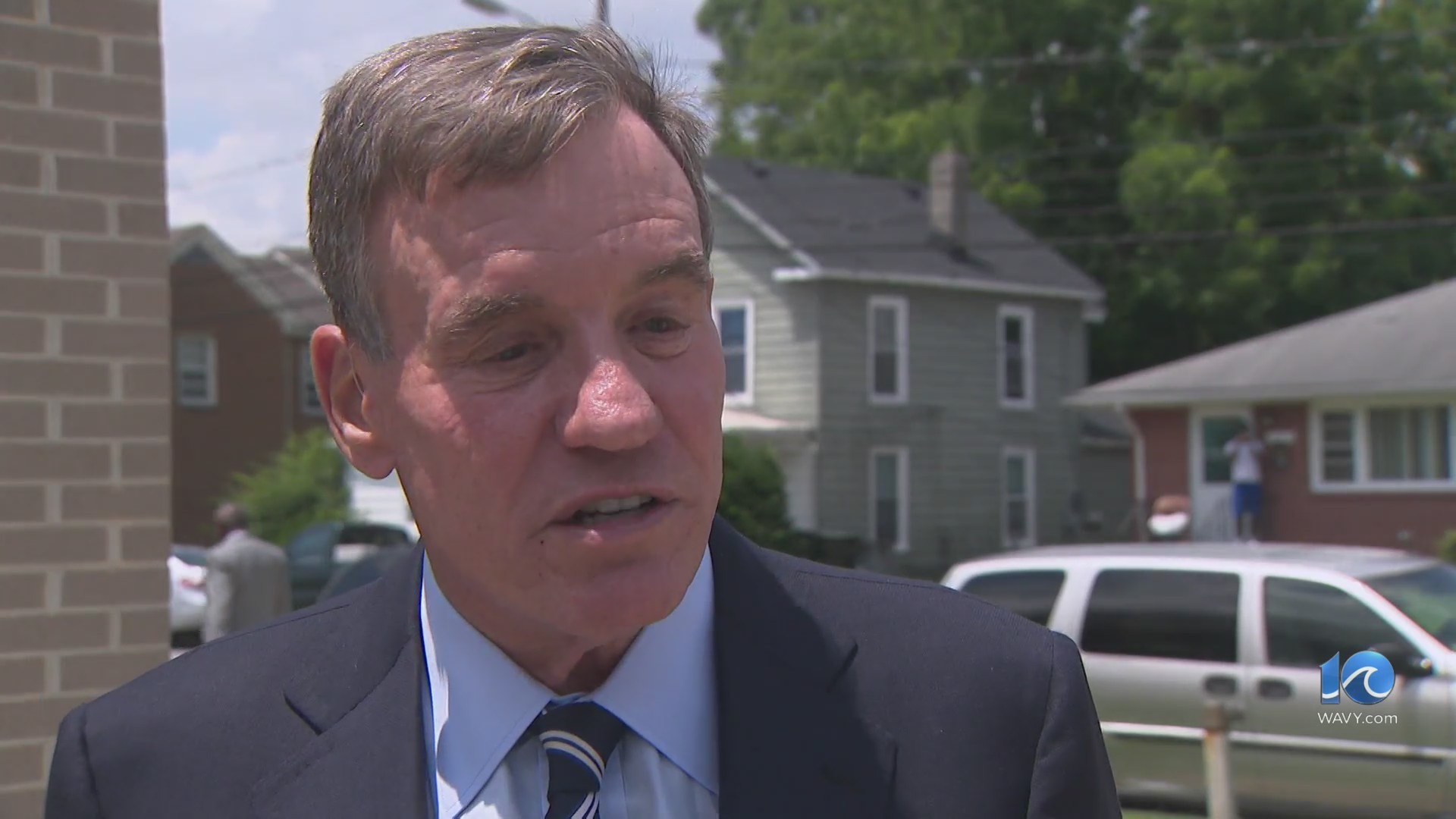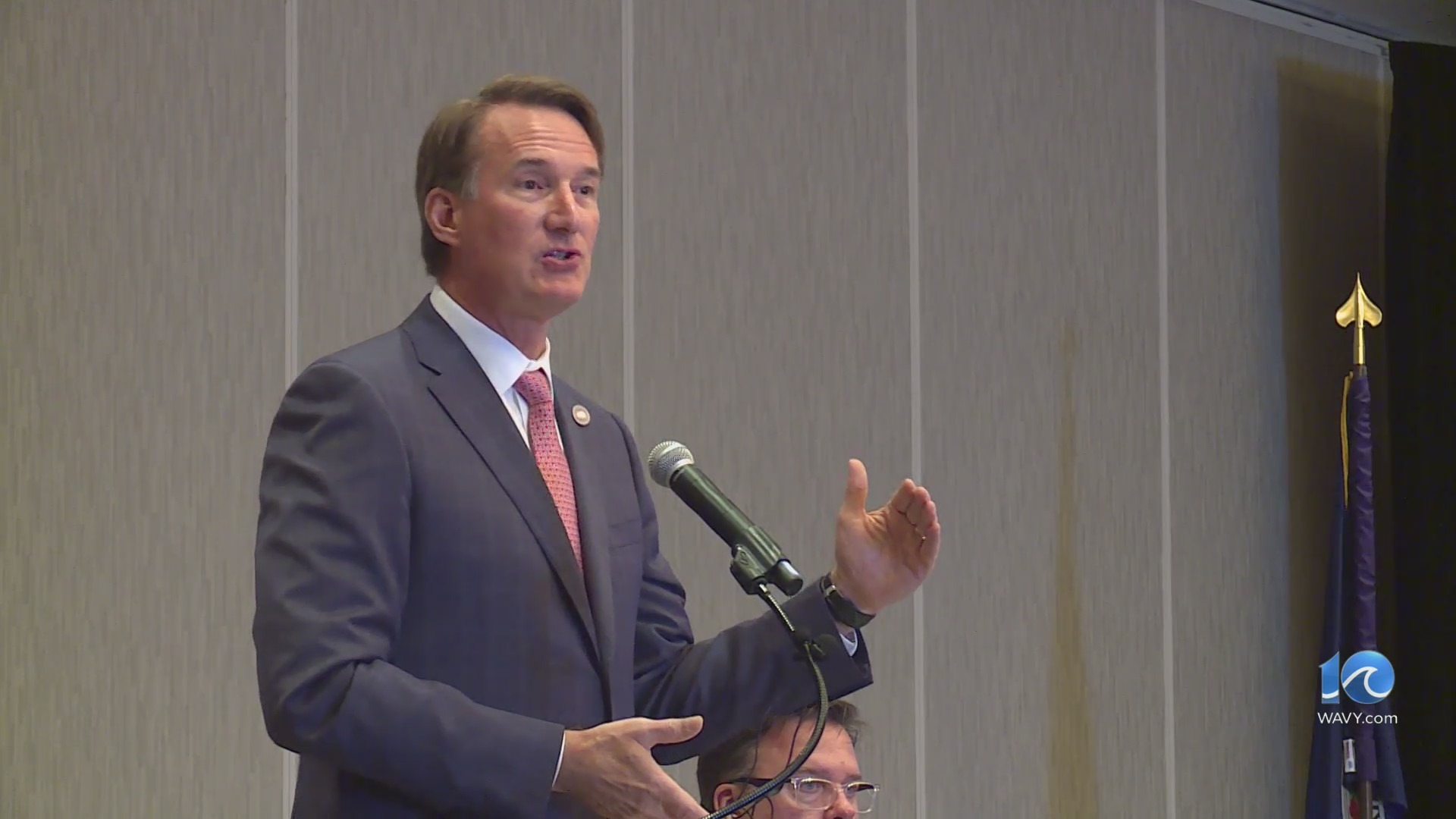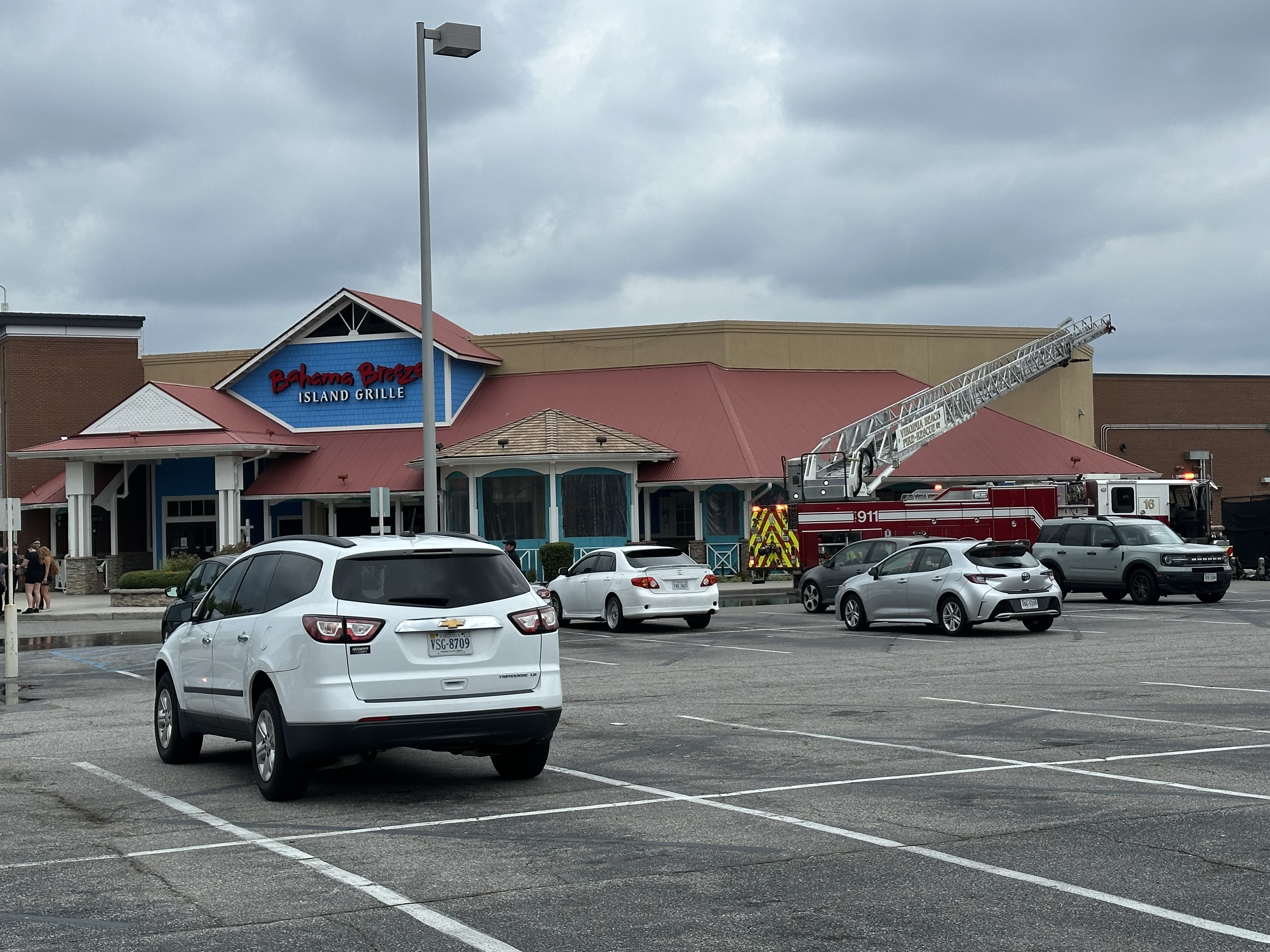EL PASO, Texas (Border Report) – Texas today has more jobs than it did before the COVID-19 pandemic, but challenges remain for the state’s economy, say economists with the Federal Reserve Bank of Dallas.
Texas job growth was 5.1 percent in 2021 compared to the national average of 4.5 percent, according to the Fed. Internal migration from states where the cost of living and housing are higher played a big role in job growth, said Pia Orrenius, vice president and senior economist at the Federal Reserve Bank of Dallas.
“When you think people may have locked down (during) the pandemic, they actually picked up and moved to Texas even in greater numbers,” Orrenius said during a Thursday press call on the state’s economic outlook for 2022. “What we’re seeing with the work-from-home regime is people can work from anywhere, you can pick where you want to live and move away from (the East and West) coast and into low-cost Texas.”
Austin has become the poster child for this relocation but the state’s largest cities – Dallas, Houston and San Antonio – as well as smaller metros like Waco, Tyler and McAllen are experiencing less out-migration and more in-migration, she said.

Tesla moved its headquarters from California to Austin in 2021; a year earlier, 35 out-of-state companies relocated or opened new facilities in the Austin area the prior year, according to that city’s chamber of commerce.
That being said, almost half of businesses in Texas are reporting staffing shortages and COVID-19 related absenteeism. That’s a drag on revenues as are supply chain disruptions affecting 44 percent of businesses.
Supply chain disruptions and a semi-conductor chip shortage will continue to drag economic growth for at least the next six and possibly the next 12 months, according to the Dallas Fed.
The state’s economy is only expected to grow by 3 percent this year compared to 5 percent in 2021. “There are some growing pains … we’re experiencing in Texas unprecedented house price increases; we’re not used to that,” Orrenius said.
The Texas economy also benefits from trade with Mexico. Manufacturing plants in border cities like Juarez, Nuevo Laredo, Reynosa and Matamoros send millions of dollars in the form of assembled parts across the border every day. These plants, too, were hit by COVID-19 man-hour disruptions, supply issues and the chip shortage, particularly in the automotive sector.
However, Fed economists say the worldwide supply chain issue means an opportunity to re-shore or “near-shore” the procurement of raw materials and manufacturing operations to North America.
“Even before the pandemic supply chains were very vulnerable to trade (tensions) and geopolitical isues. […] It might be good for North America that supply chains now in Asia may now be with Mexico and Canada, for instance. How fast that happens and how pervasive we’re not sure,” Orrenius said.
She added that several technology firms are “starting to build their own plants” to manufacture components in the U.S. as they don’t want supply issues to become a recurrent problem. “Taiwan has 40 percent of the global computer chip supply. Reshoring or near-shoring, the building of domestic production makes a lot of sense,” Orrenius said.

Cross-border trade with Mexico also faces challenges. Mexico’s manufacturing sector mostly has returned to pre-pandemic levels, but that country’s gross domestic product has not; it showed negative growth during the 4th quarter of 2021.
“We’ve seen a lot of negative growth in the past few years. Lack of investment is something that’s going to hurt (Mexico’s) economy in the long term,” Orrenius said, though she expressed confidence that the recent reopening of the border to non-essential land travel “will help some.”


























